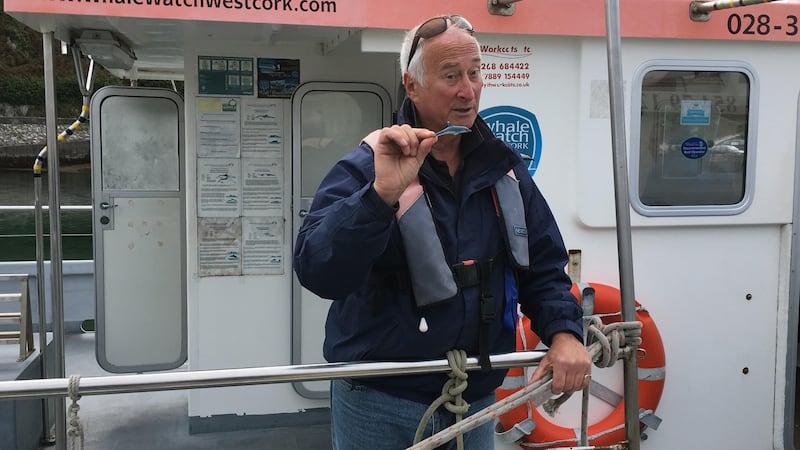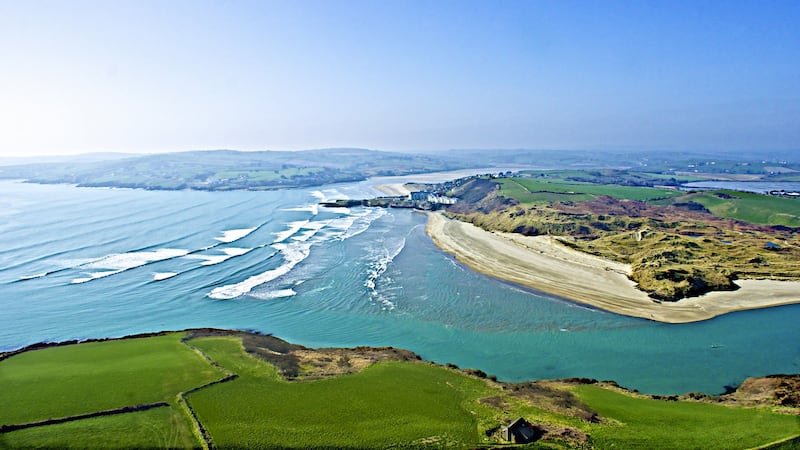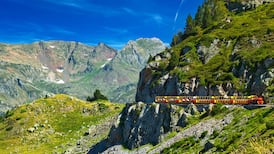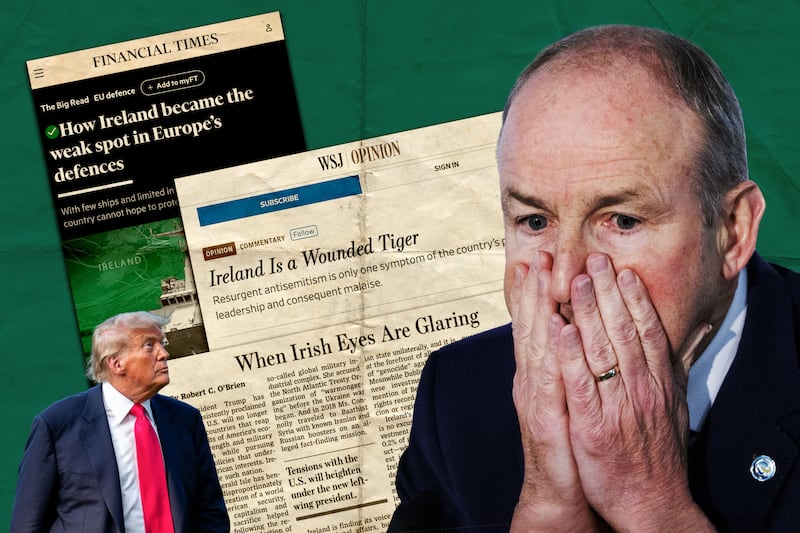Nic Slocum stands at the helm of The Voyager, lifts a pair of binoculars to his eyes and scans the sea. He's looking for whales. If Moby Dick is your point of reference for whales, then Nic is your Captain Ahab - the skipper in pursuit of the leviathan.
Except today we’re not chasing a white monster on board the Pequad but searching for the more modest minke whale on board a 12-passenger catamaran. Slocum is in charge and the rest of us Ishmaels are day trippers: mostly members of the press, invited along for a “flavour” of whale watching.

We're not doing the full, four-hour trip because we have to be back at our west Cork hotel in the afternoon for spa treatments. All right, it's nothing like Moby Dick.
Slocum has been operating whale watching trips out of Baltimore Harbour for 13 years. But actually spotting the animals can be a tricky business and in his time, he's clearly learned something about expectation management. "These are wild animals," he reminds us shortly after we pull out of the harbour. "They don't come up and wave their fins at us."
This particular Saturday morning the sea is dead calm but for the previous two weeks rough conditions have stopped the boats going out. This down period presents Slocum and Brendan Collins, the skipper of the Liscannor Star - our companion catamaran- with a challenge. Regular trips give them a sense of the whales' movements and allow the skippers to predict the animals' location from one day to the next. But after a break of two weeks, finding whales requires a certain amount of guess work.
So Slocum is scanning the sea, looking for signs of activity on the surface. He keeps an eye on the sky as well. Manx shearwaters and gannets will hang around areas with a lot of fish. And schools of fish attract hungry whales. “There are more obvious indicators too,” says Slocum, “like a large, black back coming above the water.”

The minke whale is the most abundant and smallest of the baleen whales (ones that have pleats, instead of teeth, in their mouths for straining plankton). They can be identified by their narrow head, quick blow, and the distinctive white band on their flippers. According to the Irish Whale and Dolphin Group, the summer population of minke in northwest European waters is 30,000-40,000. The time to spot them off the south west coast of Ireland is autumn, when their numbers appear to peak along with a concentration of schooling fish.
But minke whales have been scarce around here in recent weeks. “We’re not sure why that is,” Slocum says. It might have something to do with this year’s particularly cold sea temperatures as well as the rough conditions, which have broken up plankton and led to a wider dispersal of marine mammals.
At this point, Collins’s voice crackles over Slocum’s radio. The Liscannor Star has spotted dolphins off Cape Clear island. Slocum opens the throttle and we go to take a look. Soon, dozens of short-beaked common dolphins are playing on our bow, surfing its wake and propelling themselves into the air. “They’re quite pre-occupied with feeding,” says Slocum, but they’ll take this opportunity to have some fun before they return to the fish. “They get bored quite quickly with human activity,” he adds, before steering the catamaran towards the “fabulously beautiful” north harbour of Cape Clear island.
On the way we spot a group of harbour porpoises. Slocum cuts the engine as we move to get a better look at the animals. “They’re not like dolphins,” he says. “They don’t like people very much - or the sound of boat engines.” They have more rotund bodies, chisel-shaped teeth and no beaks.
“They’re a really shy little beast. They can hold their breath for about 1,000 years,” Slocum says. Sure enough, they don’t stick around, and continue rolling through the water away from our catamarans.
We pull into the small harbour at Cape Clear and have some tea while Slocum waves around a small plastic model of a dolphin, pointing out some of the animal’s features. He studied marine zoology in college but went down what he describes as the traditional business route after that: “I got the 6.15 train into London every morning”.
Eventually he got fed up and relocated to Ireland. He runs whale watching trips around the world now but Whale Watch West Cork is based here in Baltimore.
On the way back to the harbour from Cape Clear we stop by a rock to see if we can spot some Atlantic grey seals (there are two types of seal in Ireland, the other is the harbour seal, but you would only find Atlantic greys out here). The recent rough weather, however, means most of them have “legged it off somewhere more protected”, leaving a single hardy campaigner lolling about at the rocks.
At this point we’re resigned to not spotting any whales. “Sometimes it’s very busy, sometimes it’s quiet,” says Slocum. I text a friend who did the trip last year and ask if he saw any whales. “We saw a few minke whales from a distance and a basking shark came right up beside the boat.” I tell him we had seen some dolphins and some less playful porpoises. “Ah yeah, there is a chance of that all right,” he said. “We didn’t see anything for the first few hours and then everything came at once. We got lucky. But it’s a good trip either way.”

Dan Griffin was a guest of Inchydoney Island Lodge and Spa, where a two-night break with whale watching includes two nights' accommodation in a deluxe guest room overlooking the Atlantic, breakfast each morning in the Gulfstream restaurant, access to the the heated Seawater Therapy Pool, Hammam and Relaxation areas plus a half-day whale watching trip from Baltimore, where you might spot fin whales, humpbacks, minke whales, dolphins, basking sharks and poripoise. From €240 pp sharing. See inchydoneyisland.com


















